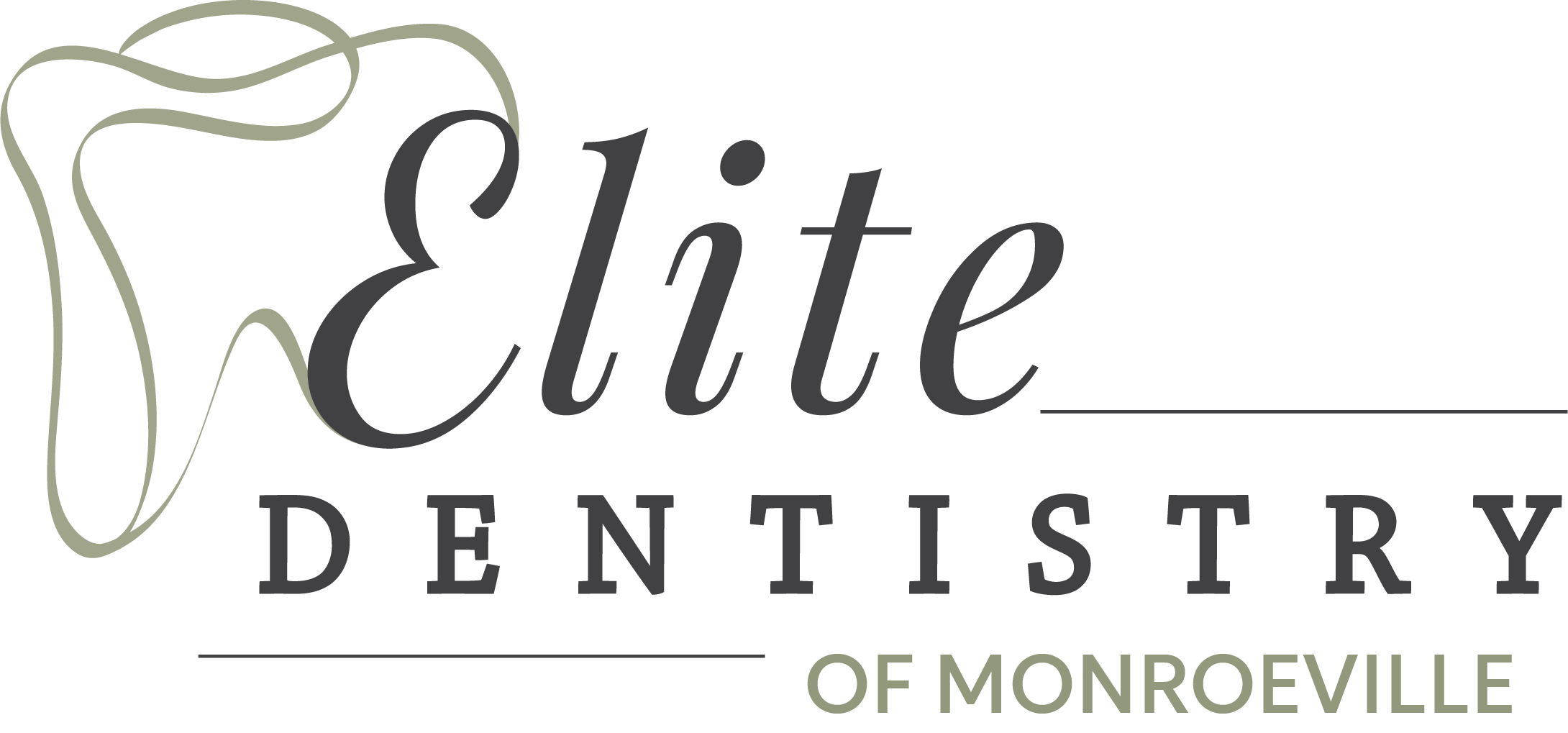Invisalign and Braces Comparison to Achieve Your Best Smile
Invisalign vs. Traditional Braces
Elite Dentistry of Monroeville knows that choosing to straighten your teeth is a big decision, so we’re covering the pros and cons of Invisalign vs. traditional braces. Both are excellent options for correcting alignment issues but work differently and offer unique benefits. Understanding these differences is the first step toward finding the perfect fit for your lifestyle and smile goals. Read our guide below to make an informed and confident choice for your oral health journey.

How Braces and Invisalign Straighten Teeth
Braces and Invisalign straighten teeth by applying gentle, steady pressure, but do so differently. Understanding their differences can help you choose the best option for your lifestyle and smile goals. Here’s how braces and Invisalign straighten teeth:
- Traditional Braces—These use metal brackets bonded to each tooth and connected by a wire. Regular adjustments tighten the wire, guiding your teeth into alignment over time. Braces have an archwire that creates consistent pressure, working 24/7 without needing removal.
- Invisalign Aligners—This system uses a series of clear, removable aligners custom-made with 3D imaging. The patient wears each set for 1–2 weeks before switching to the next. The aligners fit snugly and apply pressure where needed for controlled movement.
Pros and Cons of Invisalign
By understanding the pros and cons of Invisalign, individuals can decide whether it meets their orthodontic preferences. Here’s an overview of Invisalign’s advantages and disadvantages:
Pros of Invisalign
- Nearly Invisible—A significant advantage of Invisalign is its aesthetic appeal. The clear aligners are hardly noticeable and ideal for those who prefer to straighten their teeth discreetly.
- Removable Feature—Easily remove Invisalign for eating, drinking, brushing, and flossing. It allows for greater flexibility and improved oral hygiene compared to traditional braces.
- Comfortable to Wear—The aligners come from smooth, BPA-free plastic. This material eliminates the discomfort that metal brackets and wires often cause.
- Reduced Office Visits—With Invisalign, patients need fewer in-office adjustments, which can be a time-saver for busy individuals.
Cons of Invisalign
- Requires Discipline—With their removable feature, patients must wear them daily for 20-22 hours to achieve optimal results.
- Not Ideal for All Cases—Invisalign might not be suitable for severe orthodontic cases or complex tooth movements, which may require traditional braces or alternative treatments.
- Potential for Misplacement—With removable aligners, there’s a risk of losing or misplacing them, which can lead to treatment delays.
- Initial Adjustment Period—Patients might experience slight discomfort or difficulty speaking clearly when adjusting to the aligners.
Pros and Cons of Traditional Braces
Traditional braces have been a long-standing and effective solution for correcting dental misalignments. However, like any treatment, they have advantages and disadvantages. By weighing these factors, patients can better understand how traditional braces might suit their unique orthodontic requirements. Here are the pros and cons of traditional braces:
Pros of Traditional Braces
- Effective for Complex Issues—Traditional braces are highly effective for addressing severe alignment problems, such as significant overcrowding or bite issues.
- Constant Wear—Unlike removable options, braces are fixed, ensuring continuous treatment and eliminating the risk of non-compliance or misplacement.
- Customizable Appearance—Patients can personalize their braces with colorful bands, making the treatment more fun and visually appealing, especially for younger individuals.
- Durable and Reliable—Traditional braces come from sturdy materials like stainless steel. They can withstand the rigors of comprehensive orthodontic treatment.
Cons of Traditional Braces
- Aesthetic Concerns—The noticeable appearance of metal brackets and wires can be a drawback for individuals seeking a more discreet option.
- Potential Discomfort—Patients may experience soreness or irritation in the mouth, especially after adjustments or when the brackets rub against the inner cheeks.
- Dietary Restrictions—Avoid certain hard, crunchy, or sticky foods to prevent damage to the braces or prolonged treatment time.
- Hygiene Challenges—Proper cleaning around the brackets and wires can be time-consuming, increasing the risk of plaque buildup or tooth decay if not done correctly.
Are Traditional Braces Faster Than Invisalign?
A common question is: “Are traditional braces faster than Invisalign?” For some straightforward alignment cases, Invisalign can be faster than braces. The technology allows for highly targeted pressure that efficiently moves teeth into place. However, traditional braces often have the upper hand for fixing complex issues like severe bite correction or rotating canines. Ultimately, your case’s complexity and how closely you follow your dentist’s instructions will determine the speed of your dental treatment.
Which Option Is Better? Factors to Consider
Choosing between Invisalign and traditional braces depends on your orthodontic needs and personal preferences. When considering which is better, Invisalign or braces, our dental team at Elite Dentistry of Monroeville can help you decide. Here are some key factors to consider:
- Dental Complexity—Braces are often more effective for severe crowding or complex bite issues. Our team can evaluate your smile and recommend the best treatment for your needs.
- Lifestyle Considerations—Invisalign clear aligners are ideal for those in public-facing roles. Braces may be better if you’re worried about losing or forgetting to wear aligners.
- Oral Hygiene Habits—Invisalign requires brushing after every meal to prevent staining and decay. Traditional braces can be harder to clean, but don’t require removal before eating.
- Treatment Commitment—Aligners offer flexibility but rely on consistent wear. Braces are fixed in place, which removes the need for daily decision-making and ensures constant progress.
Start Your Journey to an Improved Smile Today
Elite Dentistry of Monroeville is here to help you choose the best option if you’re considering the differences between Invisalign vs. traditional braces in Monroeville, PA. Both are fantastic tools that help us create healthy, beautiful smiles for our patients. Understanding the pros and cons of Invisalign vs. traditional braces allows you to select the treatment that best aligns with your goals and daily life. If you’re ready to explore your options, contact us today to schedule a consultation.
Frequently Asked Questions About Invisalign and Braces
If you’re thinking about getting Invisalign, you likely have questions about cost, comfort, and flexibility. Here are some quick answers to help you decide about your orthodontic options:
Is Invisalign more expensive than braces? — The cost of Invisalign and traditional braces is often comparable. However, the final price depends on your case’s complexity and treatment length.
Does Invisalign treatment hurt? — When you switch to a new set of aligners, you may feel temporary pressure or discomfort. This feeling usually subsides within a day or two and is generally milder than the adjustments associated with traditional braces.
Can I switch from braces to Invisalign? — In some cases, switching from traditional braces to Invisalign mid-treatment is possible, depending on your progress and orthodontic needs.
